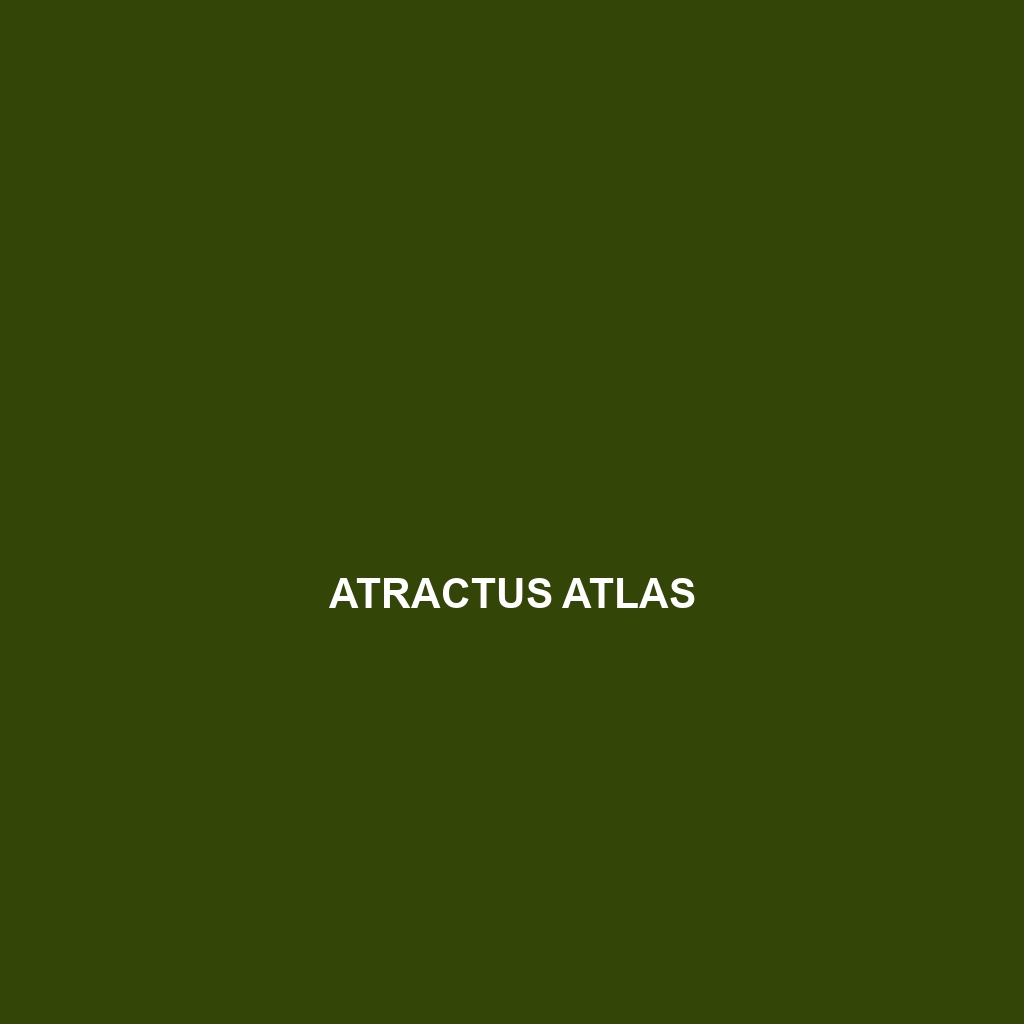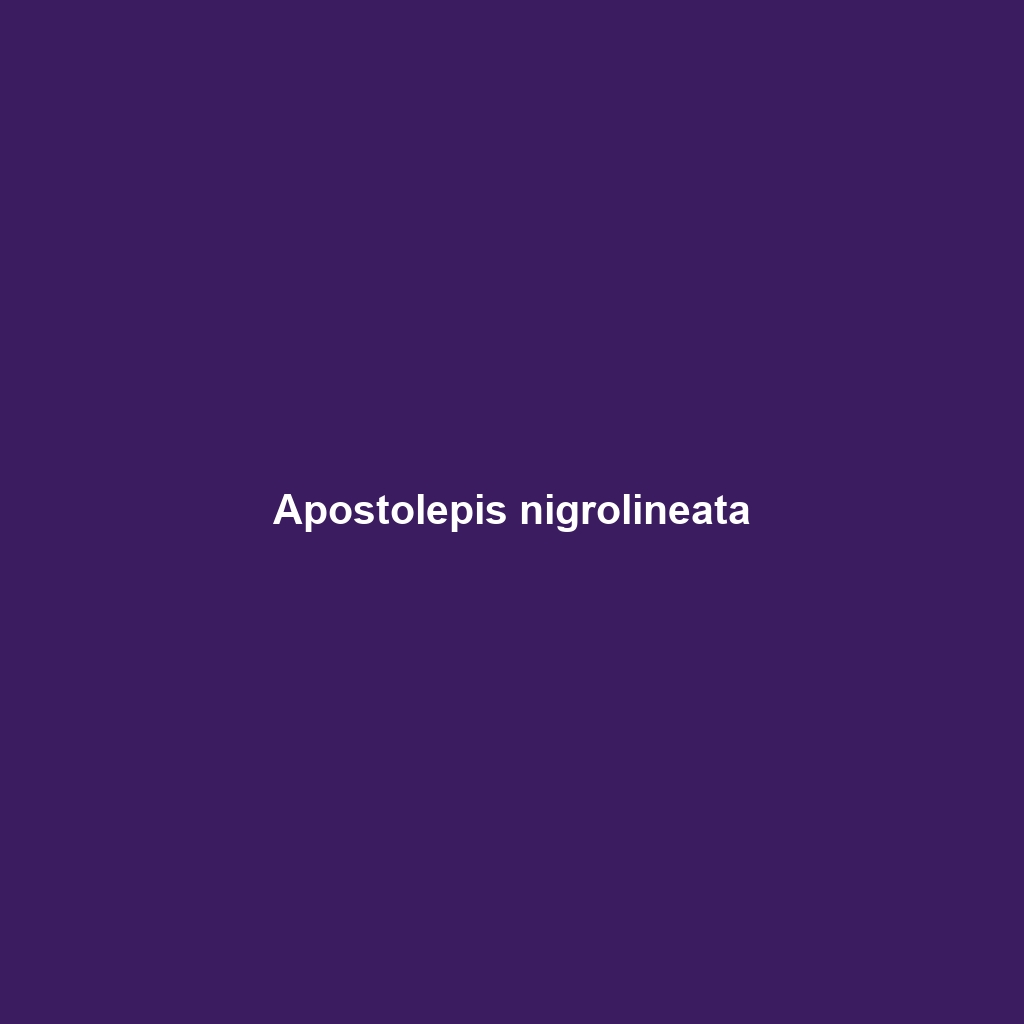Discover the Atractus atlas, a nocturnal, fossorial snake from the rainforests of Colombia and Ecuador, known for its slender body, striking brown-black-cream pattern, and diet primarily consisting of small invertebrates. With a conservation status of Data Deficient, this elusive species plays a crucial role in its ecosystem as both predator and prey.
Tag: biodiversity in South America
Apostolepis vittata
<p>The <i>Apostolepis vittata</i>, or striped snake, is a diurnal, mildly venomous species found in the tropical regions of Brazil, Paraguay, and Argentina, characterized by its vibrant yellow or cream body adorned with dark stripes. Thriving in moist habitats, it primarily feeds on small vertebrates and plays a vital role in maintaining ecological balance.</p>
Apostolepis nigrolineata
<p><b>Apostolepis nigrolineata</b>, commonly known as the blacklined snake, is a striking reptile found in the subtropical and tropical regions of South America. This diurnal snake features distinctive black stripes on a brown-gray body, thriving in diverse habitats while primarily preying on small invertebrates and amphibians.</p>
Apostolepis multicincta
Apostolepis multicincta, also known as the tropical snake, is a slender, non-venomous species native to the tropical forests of South America, characterized by distinct light and dark banding. Measuring between 60 to 120 cm, it primarily feeds on small reptiles and amphibians, playing a crucial ecological role as both a predator and prey.
Andinosaura petrorum
Discover the fascinating Andinosaura petrorum, a vulnerable lizard species from the humid Andean forests of South America, known for its slender body, vibrant color patterns, and impressive climbing skills. This insectivorous reptile thrives at altitudes of 1,500 to 3,000 meters, playing a crucial role in its ecosystem by controlling insect populations and serving as a food source for larger predators.
Andinosaura aurea
Discover the Andinosaura aurea, or golden skink, a diurnal lizard native to the cloud forests of South America. With its striking golden-brown coloration, it thrives in humid habitats, primarily feeding on insects while playing a vital role in maintaining the ecosystem's balance.





